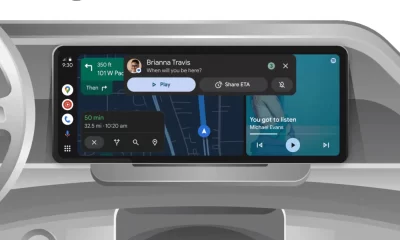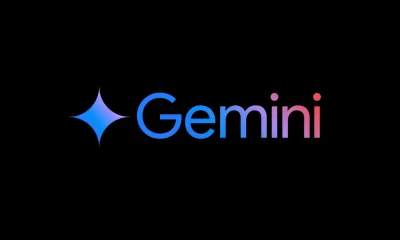Android
Android 15 set to enhance messaging security with Google Contacts managing encryption keys

With Android 15, Google is set to improve secure messaging by allowing Google Contacts to manage encryption keys. This new feature will make it easier for users to send and receive private, verified messages, ensuring a higher level of security across different apps.
In modern messaging, a system called asymmetric encryption is used. This method relies on two keys: a public key, which is available to others for encrypting messages, and a private key, which only the message recipient holds to decrypt those messages. While public keys are accessible to verify a sender’s identity, some messaging services require extra steps to find or confirm these keys, adding complexity to secure communication.
The upcoming Android 15 update, which began with its initial beta release, indicates that Google is taking steps to simplify this process. According to reports (via AssembleDebug and Android Authority), Google Contacts will now work in tandem with Play Services to manage public encryption keys. This update will streamline the verification process, ensuring more reliable identity checks and encrypted communications, removing the need for users to verify public keys on a per-app basis.
Centralized Key Management Across Apps
The system for managing and verifying public keys was first introduced in Android 15 as an API feature. It was designed to allow users to oversee their contacts’ public keys across the entire Android ecosystem rather than relying on individual apps to manage them. A teardown of the Google Play Services APK revealed that development is in progress, with new activities and features related to key management and onboarding. Users will be able to confirm a contact’s key by scanning a QR code or manually comparing code numbers across various apps.
This central verification process brings added convenience and security, as users won’t need to rely on each app’s own methods to check encryption keys. A similar feature was introduced by Apple about a year ago, which simplified key management and improved the overall security experience for its users. Apple’s centralized key verification approach showed how managing these keys within a single service could ensure smoother, safer communication.
Android’s Approach to Improving Messaging Security
While Google’s implementation is still in development and may seem basic at the moment, it promises to offer a more secure way to handle public key verification once fully rolled out. Users will benefit from the simplicity of managing encryption keys through Google Contacts, ensuring a more consistent level of security across multiple messaging apps.
Though Apple rolled out a similar feature earlier, Google’s move toward centralized key management represents a significant upgrade for Android users. As this feature evolves, it’s expected that it will further enhance both privacy and ease of use, giving users confidence in their digital communications.
By integrating encryption key management into Google Contacts, Android 15 is taking a major step toward ensuring that messages remain private and secure, making it a standout feature for future releases.
Android
Easy ways to change Android Auto’s look with light and dark themes
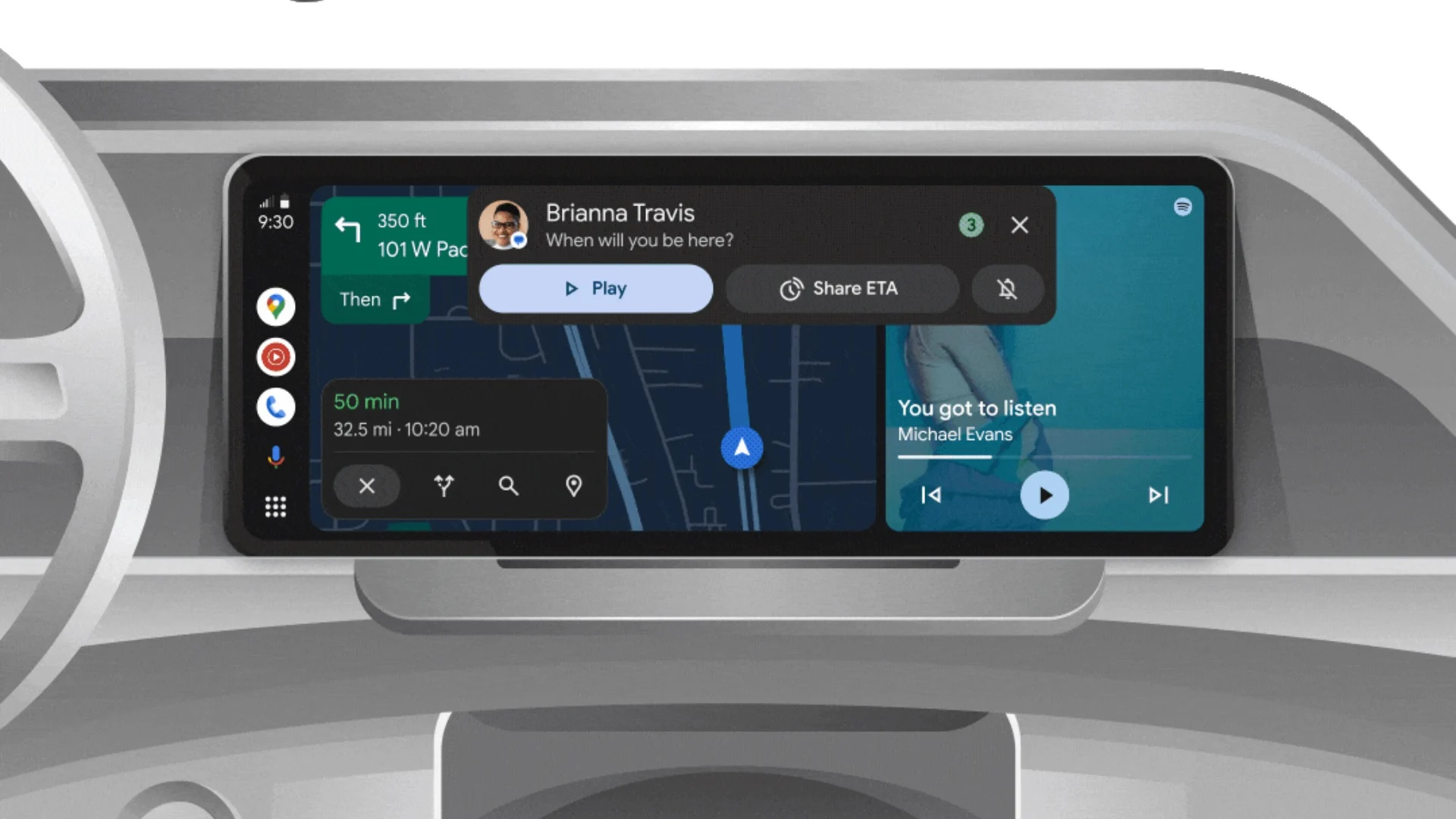
Android Auto is a helpful tool that lets you use your phone’s apps safely while driving. It connects your phone to your car’s screen, making it easier to use maps, music, and calls. One of the features many people like is the ability to change how Android Auto looks by switching between light and dark themes.
How to switch between light and dark themes
Android Auto offers two main themes: light and dark. The light theme uses brighter colors, which can make the screen easier to see during the day. The dark theme uses darker colors, which can be more comfortable for your eyes at night or in low light.
To change the theme, follow these steps:
- Open the Android Auto app on your phone.
- Go to the settings menu.
- Find the “Theme” option.
- Choose between “Light,” “Dark,” or “Set by car” (this lets your car decide the theme based on the time of day or your car’s settings).
Why themes matter
Using the right theme can make driving safer and more comfortable. The light theme is good for bright days, while the dark theme helps reduce glare at night. Having these options means you can pick what works best for you, making Android Auto easier to use in any condition.
In short, Android Auto’s theme options are simple to use and help you drive more safely by making the screen easy to see, no matter the time of day.
Android
Google’s New Updates: Gemini 2.5 Pro, Android 16 features, and Messages change

Google has just rolled out some exciting updates across its services and apps. Here’s a simple breakdown of what’s new and what it means for you.
Gemini 2.5 Pro is here
Google has launched Gemini 2.5 Pro, the latest version of its AI model. This upgrade brings smarter and faster responses, making it easier for users to get helpful answers. Gemini 2.5 Pro is now available in Google’s AI Studio and Vertex AI, so developers can build even better tools and apps using this technology.
Android 16 brings more customization
Android 16 is adding new ways to personalize your phone. One of the standout features is the ability to hide the clock on your lock screen, giving you a cleaner look if you want it. This is part of Google’s push to let users make their phones feel more unique. There’s also a new animation for the power button, making the experience smoother and more modern when you turn your phone on or off.
Google Messages removes the unsubscribe button
If you use Google Messages, you might notice that the “Unsubscribe” button is gone from some business messages. Google has removed this feature, so users now have to find other ways to stop unwanted texts. This change might make it a bit harder to manage spam, but Google hasn’t said why the option was removed.
What does this mean for you
These updates show that Google is focused on making its products smarter and more personal. Whether you’re using AI tools, customizing your phone, or managing your messages, you’ll see some changes that aim to improve your experience.
Android
Here’s what’s new with Google Keep and Android Automotive apps

Google Keep is getting a fresh look with the new Material You design, making it more colorful and easier to use on Wear OS smartwatches. The update brings bigger buttons and clearer text, so you can quickly jot down notes or check your lists right from your wrist. This makes Google Keep more handy when you’re on the go and don’t want to pull out your phone.
On another front, Android Automotive is improving how apps show information while you drive. Instead of opening full apps, you’ll see simple cards on your car’s screen that give you important details at a glance.
These cards help keep your focus on the road by showing things like music controls, navigation updates, or reminders without distractions. This new card system is designed to work smoothly with apps like media players and navigation tools, making your driving experience safer and more convenient.
Together, these updates show Google’s effort to make its apps smarter and easier to use in everyday life, whether you’re walking around with your smartwatch or driving your car. The focus is on clear, simple designs that help you get things done quickly without hassle.
In short, Google Keep’s new look on Wear OS and the smart cards in Android Automotive are small but useful changes that make tech fit better into your daily routine.
-

 Apps1 year ago
Apps1 year agoGboard Proofread feature will support selected text
-

 News1 year ago
News1 year agoSamsung USA crafting One UI 6.1.1
-

 Apps1 year ago
Apps1 year agoGoogle Contacts app testing new Besties Widget
-
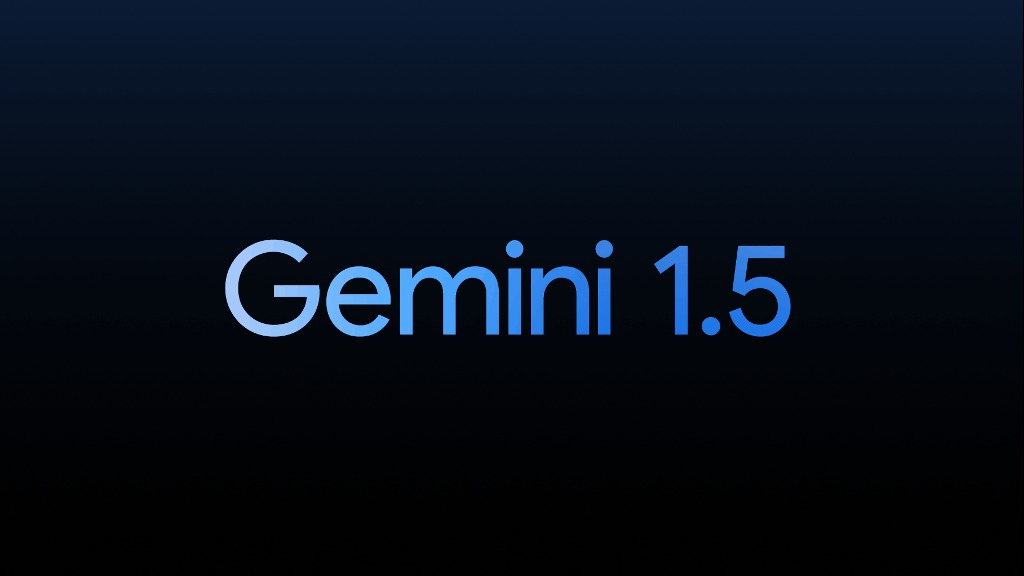
 AI12 months ago
AI12 months agoGoogle Pixel 9 Pro may come with a complimentary one-year Gemini Advanced subscription
-

 Apps12 months ago
Apps12 months agoGoogle working on a new video editing feature for its Photo app
-
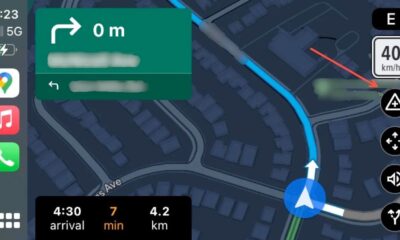
 Apps12 months ago
Apps12 months agoGoogle Maps lets you report traffic jams and accidents on Apple CarPlay, but not on Android Auto
-

 Apps1 year ago
Apps1 year agoGoogle Messages app will transform MMS chats into RCS
-

 News1 year ago
News1 year agoBreaking: Samsung Galaxy S22 may get Galaxy AI features



